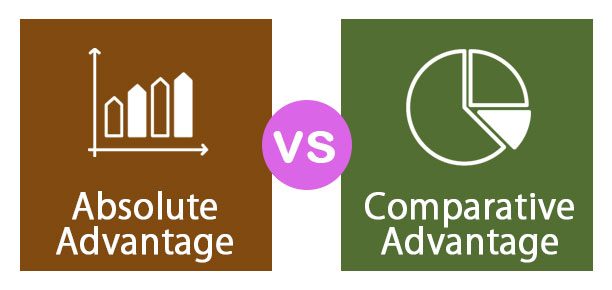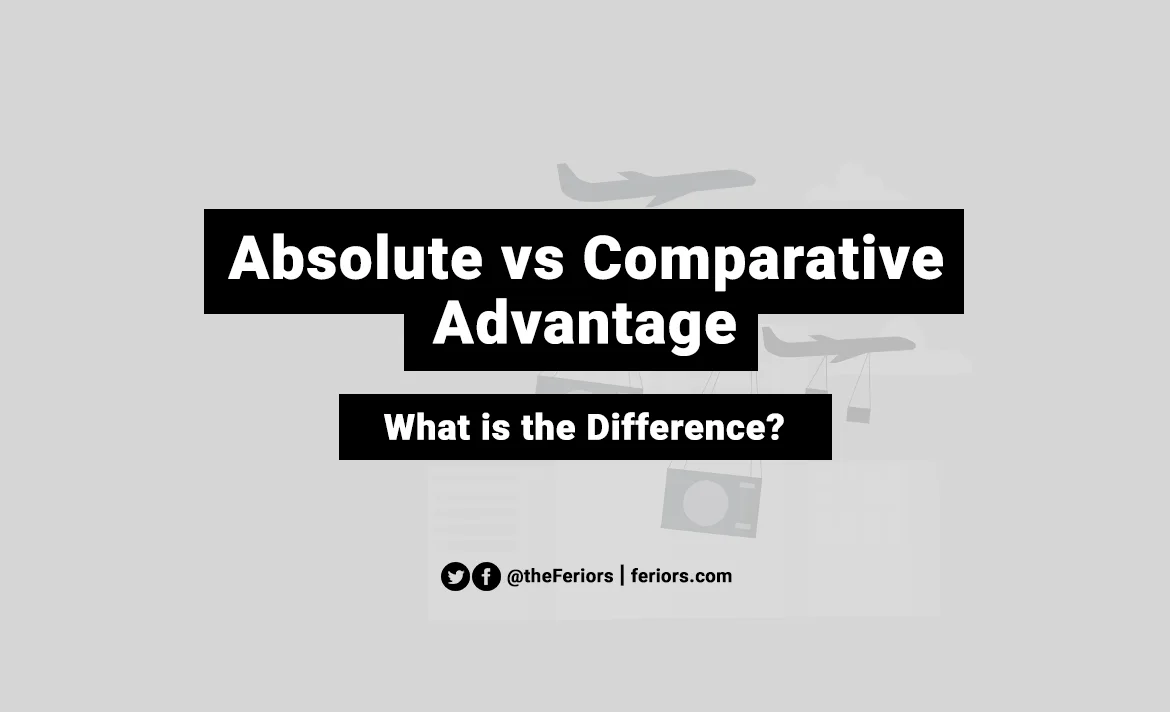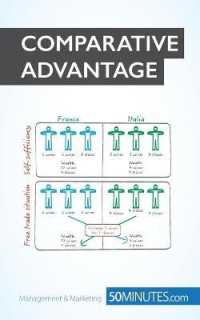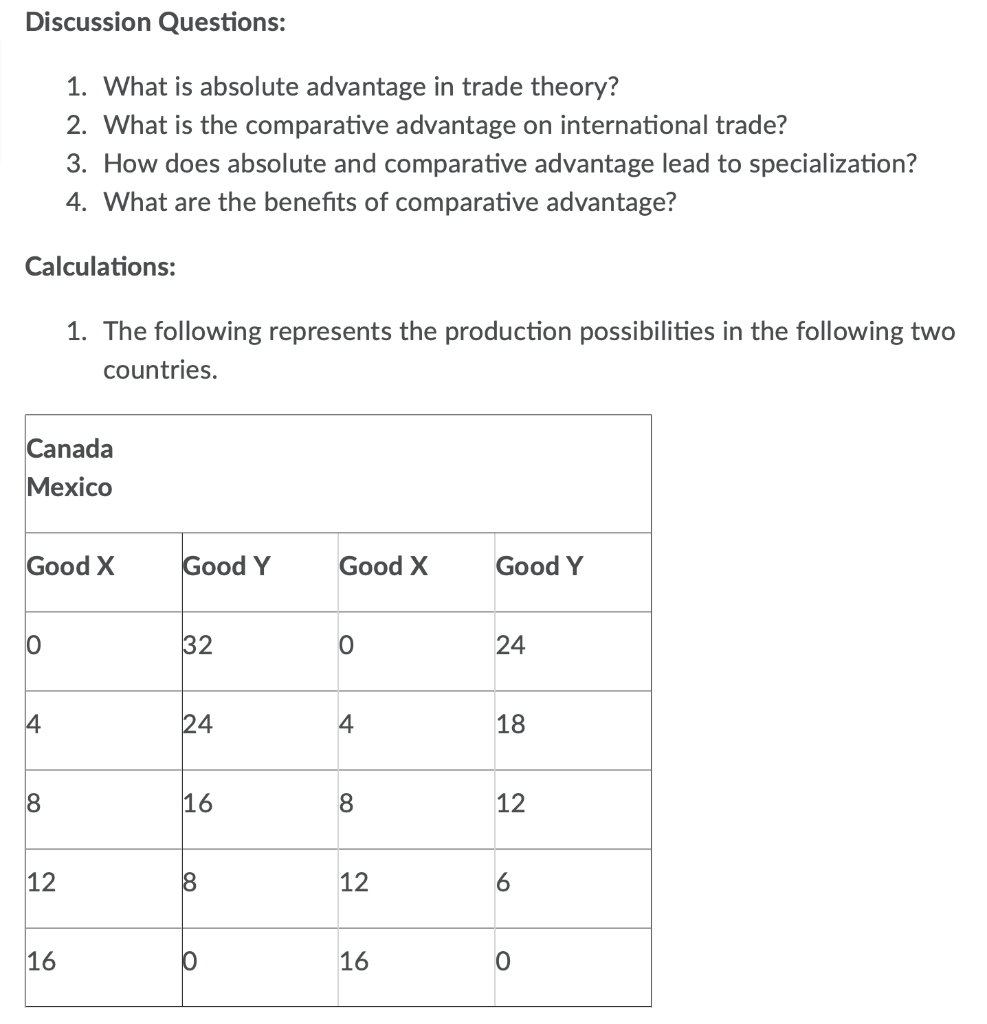The theory of comparative advantage is a key concept in international trade that explains how countries can benefit from specializing in the production of certain goods and services, and then trading those goods and services with other countries. The theory was first developed by economist David Ricardo in the early 19th century and has since become a fundamental principle of international economics.
According to the theory of comparative advantage, a country has a comparative advantage in the production of a particular good or service if it can produce that good or service at a lower opportunity cost than other countries. Opportunity cost refers to the next best alternative that must be given up in order to produce a particular good or service. For example, if a country has a large supply of cheap labor and a relatively small supply of capital, it may have a comparative advantage in the production of labor-intensive goods, such as clothing or shoes, because the opportunity cost of producing these goods is lower than in countries with a higher capital-labor ratio.
The theory of comparative advantage suggests that countries can benefit from specializing in the production of goods and services in which they have a comparative advantage and then trading with other countries that have a comparative advantage in different goods and services. This specialization and trade can lead to increased efficiency and economic growth for all countries involved.
One of the key insights of the theory of comparative advantage is that countries do not need to be the most efficient producers of a particular good or service in order to benefit from specializing in its production. Instead, they only need to be relatively more efficient than other countries. This means that even countries with relatively low levels of technology or productivity can still benefit from specializing in the production of certain goods and services and trading with other countries.
There are several factors that can influence a country's comparative advantage, including its natural resources, labor force, technology, and infrastructure. For example, a country with an abundance of oil reserves may have a comparative advantage in the production of oil, while a country with a highly educated and skilled labor force may have a comparative advantage in the production of technology-intensive goods and services.
The theory of comparative advantage has important implications for international trade policy. It suggests that free trade, or the absence of tariffs and other trade barriers, can lead to increased efficiency and economic growth for all countries involved. However, the theory also acknowledges that there may be distributional effects of trade, meaning that some groups within a country may benefit more from trade than others.
In conclusion, the theory of comparative advantage is a key concept in international trade that explains how countries can benefit from specializing in the production of certain goods and services and then trading those goods and services with other countries. By understanding and applying the principles of comparative advantage, countries can increase efficiency, promote economic growth, and improve the well-being of their citizens.









